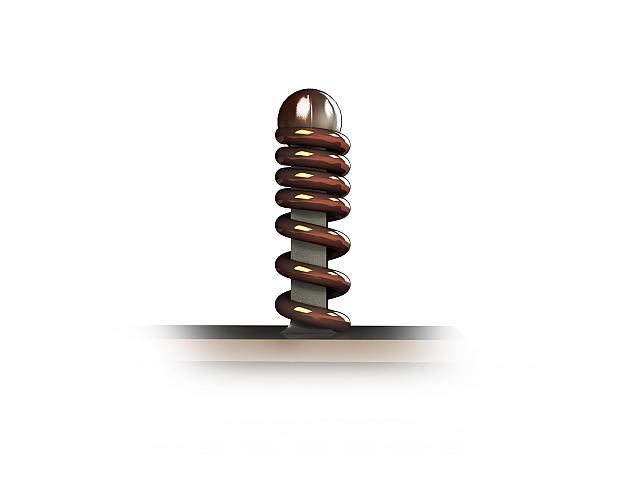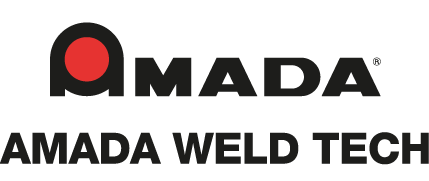You are here

Pulse micro-arc welding of coil terminations increases line throughput
Coils with multiple termination points can be welded at one automation station
Pulse micro-arc welding is a zero-contact process in which an electrical arc is produced between an electrode and the target component. The arc has a very high and concentrated energy density, which produces the high local temperatures needed for welding. A sophisticated closed-loop power supply is used to establish and maintain the arc under precisely controlled electrical conditions. In the micro-arc coil termination process, the wire must be wound uniformly onto a pin. The wound pin is positioned close to a welding electrode so that an arc occurs between the pin and the electrode. The high temperatures melt the end of the pin into a molten ball and then the wire and its insulation melt simultaneously, thus welding the wire to the pin.
To achieve the best welds, the operators must consider the material type, pin geometry, type of wire, wrap pattern, insulation and the equipment used.
The pin material must remain stable when heated and cooled rapidly during the welding. Pins containing zinc should not be used. The best choices are copper or phosphor bronze plating. While tin is not required for arc welding, a small uniform amount of tin can aid the process, as it melts uniformly down the pin and provides adequate adhesion for the parts of the coil wrapped further down the length of the pin.
The pin geometry affects the final joint achieved. A pin with a round cross section produces the most uniform melted ball on the end. For pins with a square or rectangular cross section, it is best to use radiused corners. A single wire is the most stable and consistent configuration for achieving a successful and consistent welding joint.
While preparing for micro-arc welding, the operators must carefully control the pattern of the wire wrapped on the pin and the pitch or position of the wire in relation to the end of the pin. Additionally, the tension of the wire must be controlled as it is wound. This is especially important for square or rectangular section pins. If the corners of the pin are not radiused, the wire may “neck” on the corners if it is under high tension.
In pulse micro-arc termination welding, the wire insulation must break down when heated so that both the pin and the wire melt together. Micro-arc termination welding works best with wire insulation rated for temperatures at or below 180° C.
Rather than focusing on selling equipment for pulse micro-arc termination, AMADA WELD TECH’s application experts review the customer’s part and perform tests in its in-house laboratory. Our experts can advise the customer about any changes that may be required to the product to improve the welding process.
For coil termination, pulse arc welding is a fast, clean and effective alternative to soldering. Since coils with multiple termination points can be welded at one automation station, the technique can increase line throughput.
